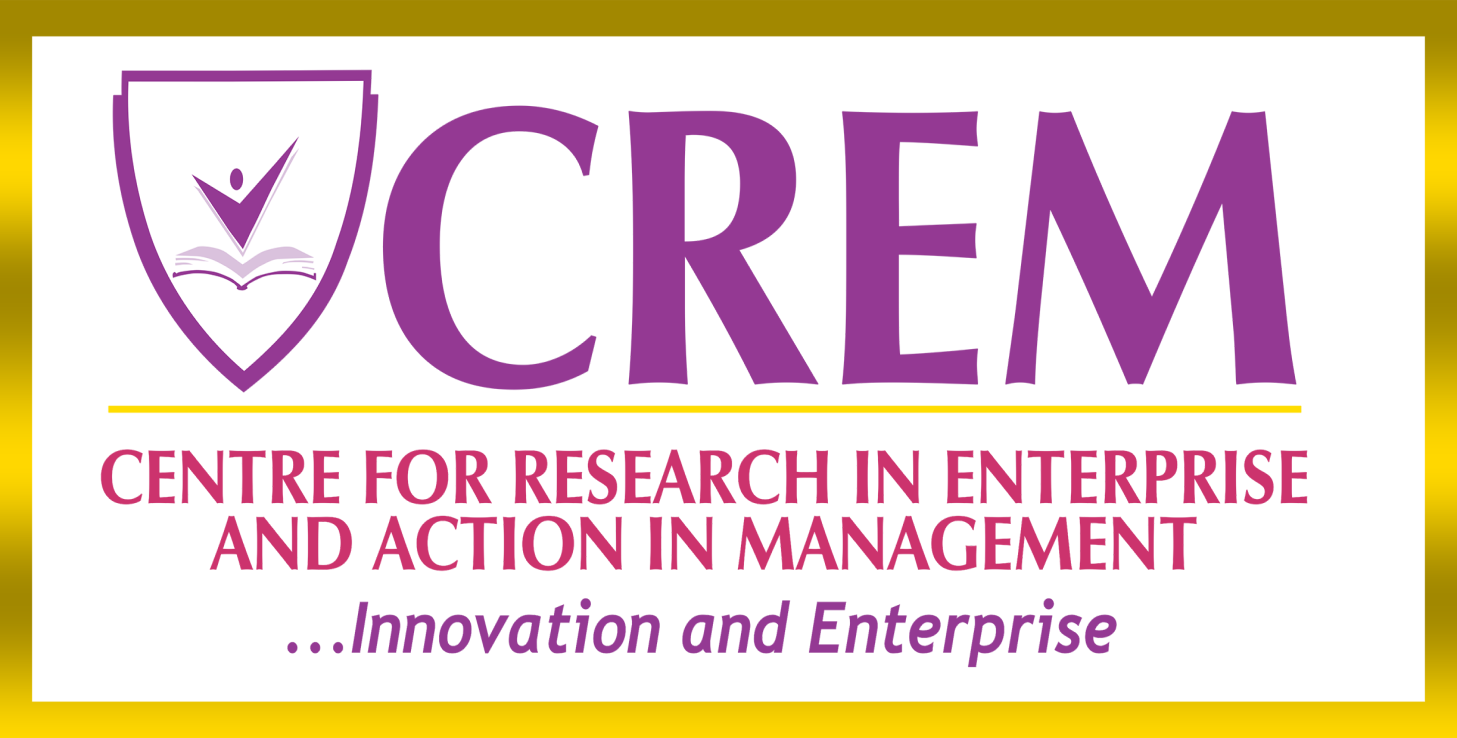
Harnessing the Power of Training for Performance Improvement in the Workplace
In the dynamic and competitive business landscape, the pursuit of enhanced workplace performance is paramount for organizations striving to stay ahead. Among the myriad of strategies employed to boost performance, training emerges as a cornerstone, offering profound and lasting impacts.
This article explores the secrets of performance improvement in the workplace, emphasizing the transformative power of training.
The Paradigm Shift to Continuous Learning
The contemporary business world is characterized by rapid changes and evolving demands. To navigate this landscape successfully, continuous learning is crucial.
Training programmes that promote lifelong learning enable employees to remain current with industry advancements, technological innovations, and emerging best practices.
A study by Noe et al. (2017) highlights that organizations prioritizing continuous learning report higher innovation levels and increased employee engagement. By fostering a culture of perpetual growth, companies can ensure their workforce remains adaptable and proficient, leading to sustained performance improvements.
Customization: The Key to Effective Training
A generic approach to training often falls short of achieving desired outcomes. Tailoring training programmes to meet the specific needs of both employees and the organization is essential.
Customized training addresses individual skill gaps and aligns with organizational goals, resulting in more effective learning experiences. Salas et al. (2012) found that tailored training significantly boosts employee performance and job satisfaction, as it directly addresses the unique challenges faced by each participant.
The Technological Advantage in Training
The integration of cutting-edge technology into training programmes has revolutionized workplace learning. E-learning platforms, virtual reality (VR), and artificial intelligence (AI)-powered tools offer immersive and interactive training experiences. These technologies not only enhance engagement but also provide scalable solutions that cater to diverse learning preferences.
Clark and Mayer (2016) demonstrated that e-learning improves learning efficiency and retention, which translates into better workplace performance. By leveraging technology, organizations can create dynamic and effective training environments that cater to the needs of the modern workforce.
Leadership: The Catalyst for Training Success
Effective leadership plays a pivotal role in cultivating a culture that values continuous learning and development. Leaders who prioritize training initiatives create an environment where employees feel supported and motivated to enhance their skills.
Leadership involvement ensures that training programs are aligned with organizational objectives and facilitates the practical application of new skills. Research by Day et al. (2014) underscores that leadership development programmes contribute significantly to organizational performance by fostering a robust talent pipeline and promoting a culture of excellence.
Measuring the Impact of Training
To ensure training programmes drive performance improvement, it is essential to measure their effectiveness systematically. Key Performance Indicators (KPIs) such as productivity metrics, employee engagement scores, and retention rates provide valuable insights into training outcomes.
Evaluating these metrics helps refine training programmes to better meet organizational and employee needs. Kirkpatrick’s Four-Level Training Evaluation Model (Kirkpatrick & Kirkpatrick, 2006) offers a comprehensive framework for assessing training effectiveness, covering reaction, learning, behaviour, and results. By leveraging such models, organizations can ensure their training investments yield tangible performance improvements.
Conclusion: Unlocking Potential Through Training
Training is a powerful driver of performance improvement in the workplace. By fostering continuous learning, customizing training programs, leveraging technology, ensuring leadership support, and systematically measuring effectiveness, organizations can unlock the full potential of their workforce.
Investing in robust training strategies not only enhances employee skills but also drives innovation, engagement, and overall organizational success. As the business landscape continues to evolve, training will remain a critical component of performance improvement, enabling organizations to thrive in an increasingly competitive environment.
Contact CREM Nigeria today for your training needs.

